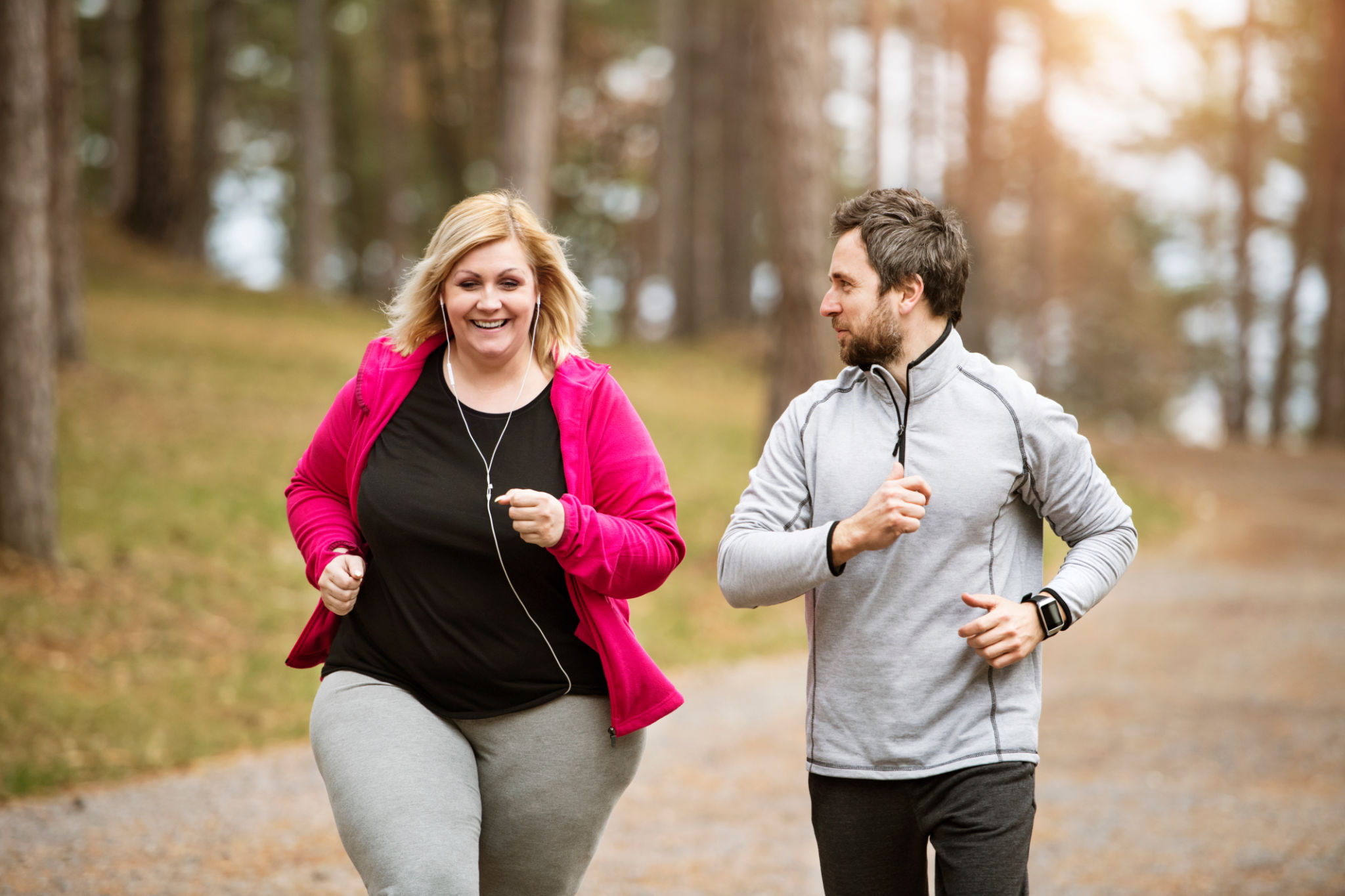Exercise Tips for Managing Diabetes: Stay Active and Healthy
Understanding the Importance of Exercise in Diabetes Management
Exercise is a cornerstone in the management of diabetes. It not only helps in controlling blood sugar levels but also boosts overall health, reduces stress, and improves mood. Regular physical activity can enhance insulin sensitivity, allowing the cells to use available insulin more effectively, which is crucial for those managing diabetes.
For those with diabetes, incorporating exercise into daily routines can lead to significant health benefits. Engaging in physical activities helps with weight management, reduces the risk of cardiovascular diseases, and improves overall well-being. It's essential to choose exercises that fit your lifestyle and health conditions to ensure consistency and effectiveness.

Getting Started with an Exercise Routine
Starting an exercise routine might seem daunting, especially for beginners. However, it's important to begin slowly and gradually increase the intensity and duration of the workouts. Before starting any new exercise program, consult with a healthcare provider to tailor activities according to your specific needs and limitations.
Here are some steps to help you get started:
- Set realistic goals: Begin with achievable targets like walking for 10 minutes a day and gradually increase the duration.
- Choose enjoyable activities: Whether it's dancing, swimming, or cycling, pick activities you love to ensure consistency.
- Monitor your blood sugar: Keep track of your blood sugar levels before, during, and after exercise to understand how your body responds.
Types of Exercises Recommended for Diabetics
Engaging in a mix of aerobic exercises, strength training, and flexibility exercises can be particularly beneficial for individuals with diabetes. Here's a breakdown of each type:
Aerobic exercises: Activities like brisk walking, cycling, or swimming that get your heart rate up are excellent for cardiovascular health. Aim for at least 150 minutes of moderate aerobic activity per week.

Strength Training
Strength training is key for building muscle mass and improving insulin sensitivity. Incorporate exercises such as weight lifting or resistance band workouts into your routine at least two times a week. This not only helps in glucose metabolism but also strengthens bones and enhances balance.
Flexibility and Balance Exercises
Flexibility exercises such as yoga or Pilates improve joint mobility and reduce the risk of injuries. Balance exercises are equally important, especially for older adults with diabetes, as they help prevent falls that could lead to serious complications.
Staying Safe While Exercising
Safety should always be a priority when exercising. Keep these tips in mind to ensure a safe workout session:
- Stay hydrated: Drink plenty of water before, during, and after exercise to stay hydrated.
- Wear appropriate footwear: Choose comfortable shoes that provide adequate support to prevent foot injuries.
- Listen to your body: If you feel dizzy, short of breath, or experience any pain, stop exercising immediately and rest.

The Psychological Benefits of Exercise
Apart from physical benefits, regular exercise can have a profound impact on mental health. It reduces stress levels, improves mood, and boosts self-esteem. For those managing diabetes, this mental uplift can make adhering to lifestyle changes much easier.
Joining a community class or exercise group can also provide social support and motivation. Sharing experiences with others who understand your challenges can foster a sense of belonging and encouragement.
Conclusion: Make Exercise a Lifestyle Choice
Incorporating regular exercise into your routine is one of the most effective strategies to manage diabetes and improve overall health. By setting realistic goals, choosing enjoyable activities, and staying informed about safety precautions, you can create a sustainable exercise plan that benefits both your body and mind.
Remember that every step counts towards a healthier you. Stay motivated, keep moving, and embrace the positive changes that come with an active lifestyle!